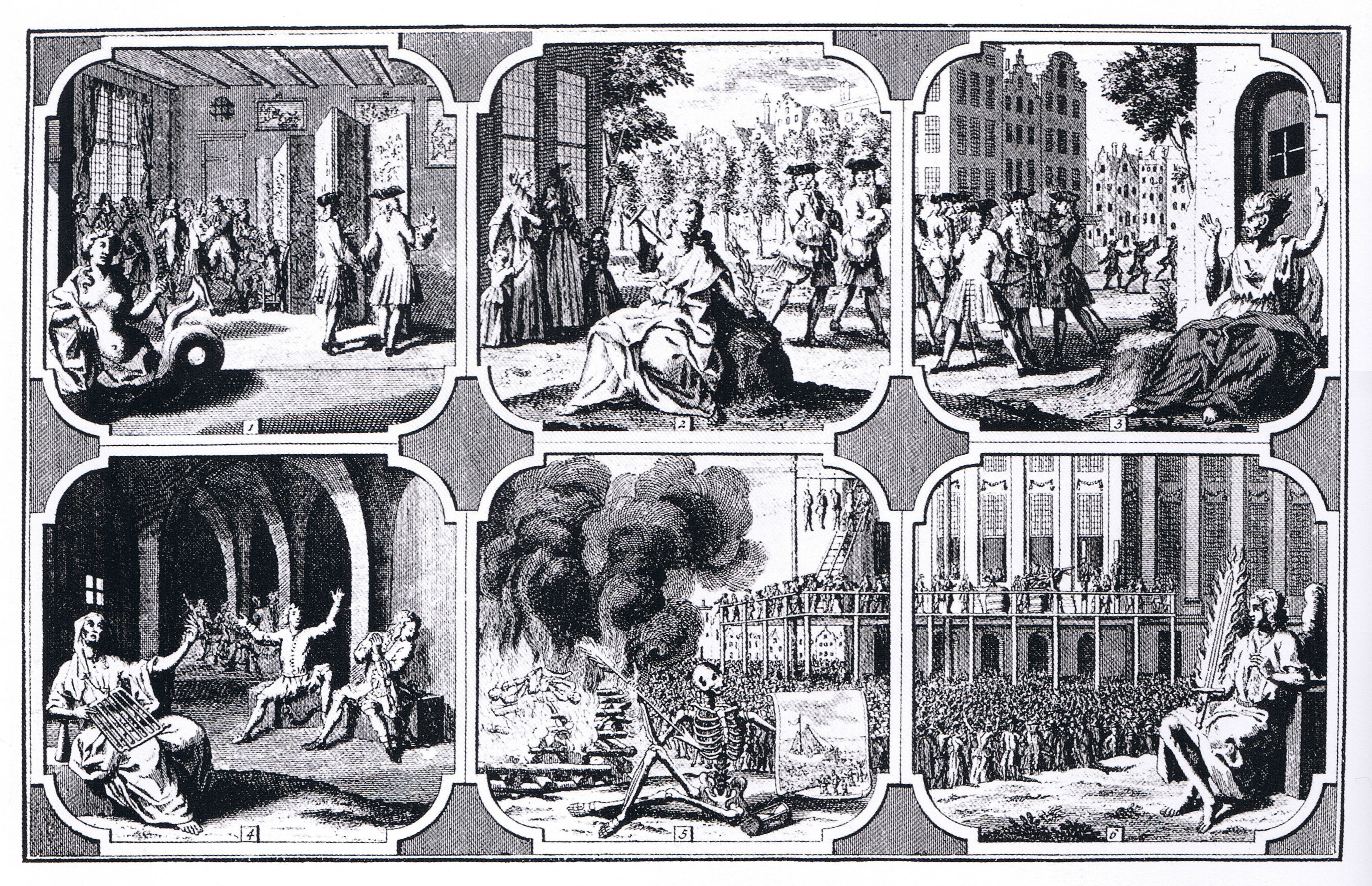Utrecht as of 2020 has changed a lot over the past hundred years. Norms are changing, a new normal is being written. Some darker events have happened without the walls of our beloved city, however. Sodomy was once one of the worst sins you could commit.

Sodomist men met up in numerous places in Utrecht, one of them being the Janskerkhof. The act of sodomy, sexual handling between people of the same sex, was seen as not only a heavy sin but as a crime as well. It was defined as a crimen nefandum - a crime one should not speak of. Even the naming of the sexual actions was avoided. The first trial against someone accused of sodomy in Utrecht dates back to 1352 (Noordam, 1990). A notorious trial against sodomy begins in 1797, where four men where arrested accused of sodomy. There is no record of any trials against women. This trial in Utrecht created a snowball effect in the persecution of sodomites throughout the entirety of the Netherlands, leading to the death of almost 100 men. The youngest of these men was only 14 years old (Deen, 2014). Often when people did not confess, the torture rack was used. This was only forbidden in 1789, the sodomy persecution stopped in 1811 when a Code Penal no longer made sodomy punishable (Tigelaar, 1996). These trials represent one of the blackest pages in the history of jurisdiction.
Sources
Deen, F. (2014). Homoseksuelen en vervolging van sodomieten in de achttiende eeuw: paniek over de stomme zonde’. Historisch Nieuwsblad, 2, consulted via https://www.historischnieuwsblad.nl/nl/arti- kel/32575/homoseksuelen-en-vervolging-van-sodomieten-in-de-achttiende-eeuw.html
Noordam, D. J. (1990). Homoseksuelen en sodomieten in Nederland: verbranden of tolereren?. Leidschrift, 6, 26.
Tigelaar, H. (1996). 'Beschuldigt zijnde van iets dat niet genaamd behoorde te worden': de sodomietenver- volging in de stad Utrecht in 1797-1798. Jaarboek Oud-Utrecht, ISSN 0923-7046; 1996, p.[115]-144.